Fujinon XF 56mm f/1.2 R review
Introduction
The Fujinon XF 56mm f/1.2 R is an FX lens that would give the same field-of-view as an 85mm lens on a 35mm format camera. This fast prime is mainly a portrait lens, with a nice Bokeh and shallow depth-of-field.
The optical design consists of 11 elements in 8 groups with two ED (extra-low dispersion) elements and one double-sided aspherical element to control spherical and chromatic aberrations. A further four of the elements feature convex surfaces to ensure excellent light coverage, even when shooting wide open.
Build quality
Like other Fujinon XF lenses, the XF56mm f/1.2 R has a premium quality look and feel. It has both a metal body and mount though unfortunately Fuji seem to insist on shipping most lenses with a plastic lens hood (except the 60mm F/2.5 macro).
The aperture ring clicks satisfyingly with 1⁄3 stops between f/1.4 and f/16, and the focus ring turns very smoothly with the right amount of friction for portraiture.
Unfortunately, this lens is not weather proofed nor does it incorporate Fuji’s fantastic Optical stabilization system, two features that would make it an even better lens.
Focussing
Minimum focusing distance is 612mm (24 inches) from the top barrel that can be reduced to respectively 181mm or 138mm by using the Fuji MCEX-11 or MCEX-16 extension tubes. On my X-T1, it focusses fast enough though not as fast as the XF50-140 f/2.8 or XF16-50 f/2.8 that both actually have more glass to shift to achieve focus.
A word on my studio test procedure
These are RAW images imported into Adobe Lightroom and exported as JPEG untouched. I’m using a 400 dpi test chart for these test. Lens is on a parallel plane to the test start. I have to constant studio lights illuminating the test chart on the left and right of the camera. I’m using the Fuji X-T1 on a sturdy tripod. ISO is at the lowest for RAW 200. I’m using the 2 second timer function to ensure there is no camera shake.
I’m not claiming to have the accuracy that a testing laboratory like DXO has. Nor am I using any test programs to determine any values. I’m visually inspecting the captured images at different apertures and focal lengths and writing down my conclusions. This way of working is a subjective process, so any conclusions drawn are purely indicative. I’m looking for general trends here, mainly to indicate at what aperture you’d get the best performance out of this lens, and if there are any issues you’d want to be aware of.
Vignetting and distortion
There is a subtle degree of vignetting and distortion visible in these test shots, but you won’t find any real problems in real-life shooting.
Chromatic aberration
Chromatic Aberration or purple fringing is a common optical problem that occurs when a lens is either unable to bring all wavelengths of color to the same focal plane or when wavelengths of color are focused at different positions. You’ll clearly see CA on these test charts, and in real shooting conditions too. It’s at times hard to fully remove it and can be quite annoying. I have to admit that I’m somewhat spoiled by the fantastic optical performance of their last two zoom lenses (XF1655 and XF50140) so that might have something to do with it.
Sharpness
Let’s have a look at both center and corner sharpness. Remember that depth-of-field is very shallow at f/1.2, so you’ll need very steady hands or a tripod to get your subject in focus at this aperture.
Center sharpness
The center is satisfyingly sharp at f/1.2 and reaches a very sharp maximum at f/8. The XF56mm is still very sharp at f/11, beyond that diffraction sets in, although you’ll still be able to get decently sharp images by using a decent RAW developer like Iridient.
- Center at f/1.2
- Center at f/2.8
- Center at f/5.6
- Center at f/8
- Center at f/11
Corner sharpness
The edges seem quite soft at f/1.2, but that would not be a real problem for a portrait lens at this focal range. It sharpens up nicely by f/4 and reaches maximum at f/8, in line with the image center.
- Corner at f/1.2
- Corner at f/2.8
- Corner at f/5.6
- Corner at f/8
- Corner at f/11
Real-life performance and use
The Fujinon XF 56mm f/1.2 R complements the Fujifilm X-T1 perfectly both in finish and size. The only issue might be that the XF56mm is not weather proofed, limiting the use to dry conditions.
I mainly use a lens like this for portraiture and shallow depth-of-field effects. It is truly stunning at large apertures with a beautiful blur in the out-of-focus parts.
Focussing is always going to be challenging with a f/1.2 large aperture lens because of the very shallow depth-of-field, but it focus targets very accurately on the X-T1. It would be even more useful if it incorporated image stabilization, but I guess we’ll have to wait for a newer version or sensor stabilization in a future Fujifilm camera model for that. In daylight shooting, I did find the large degree of color fringing quite bothersome. I guess the camera corrects this when shooting Jpeg’s, but if you’re a RAW shooter take note.
A fast lens like this also lends itself well to low-light photography. You’ll be able to keep ISO down while still getting a decently exposed image. I always use center spot autofocus on the X-T1, and this works well with the 56mm too.
I was surprised how it managed to acquire the focus in even very dim light. The center spot technique works very accurately as long as there is enough contrast between subject and background.I also found that changing from spot metering to multi-mode made AF a lot quicker on bright sunny days. Since the center of your image is already sharp at f/1.2, you can get away with handheld shooting this as long as you have a steady hand.
Since the center of your image is already sharp at f/1.2, you can get away with handheld shooting even at night as long as you have a steady hand.
The corners of the Fujinon XF 56mm f/1.2 R gain about equal sharpness as the center at f/8, so you can occasionally use it for some landscape work or architecture if you don’t have a more suitable lens handy.
A lot of photographers are debating on getting either the XF56mm f/1.2 or XF1655mm f/2.8. Although optically the XF1655 performs almost flawlessly, you’ll never be able to get the shallow depth-of-field (selective focus effects) with a f/2.8 zoom versus a f/1.2 prime lens.
If this is a feature you’re not that concerned with, the XF1655 might be the better choice for you. But if you’re in the market for a fast medium portrait lens with the best Bokeh and low-light capability, the Fujinon XF 56mm f/1.2 R is the one to get.
Fujifilm XF 56mm F1.2 R APD
There is also a version of the XF56mm with Apodization filter available, that smooths out the Bokeh even more. The lens features an aperture ring showing the active F No. in red, the difference between the F No. and the effective F No. indicates the effectiveness of the apodization filter.
There are some disadvantages to the APD version though:
- It’s about 50% more expensive
- The effect of an Apodization filter is only visible at wider apertures; hence Fuji have included a high-quality ND filter to allow you to use it in bright daylight too.
- Can only use Contrast detect AF
Pricing and Availability
The Fujinon XF56mm was released around a year ago, so you can find it at around $849 now at Adorama.
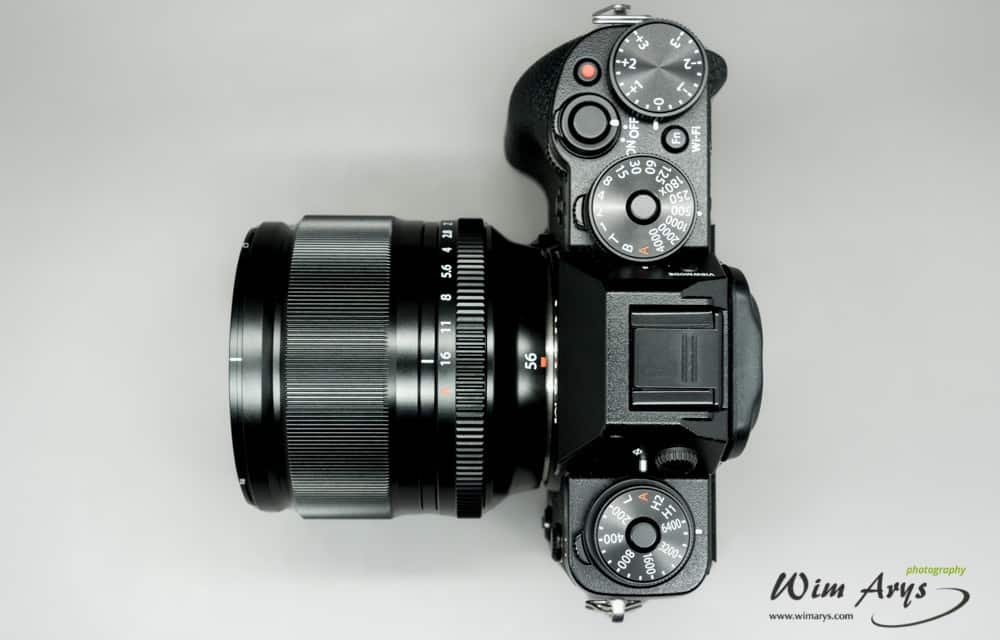
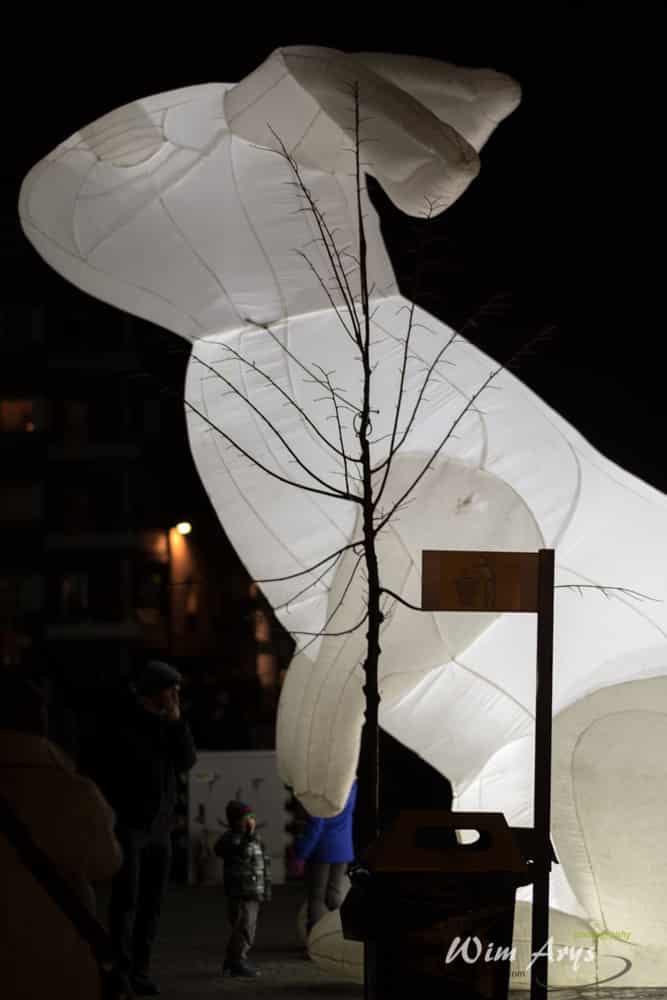
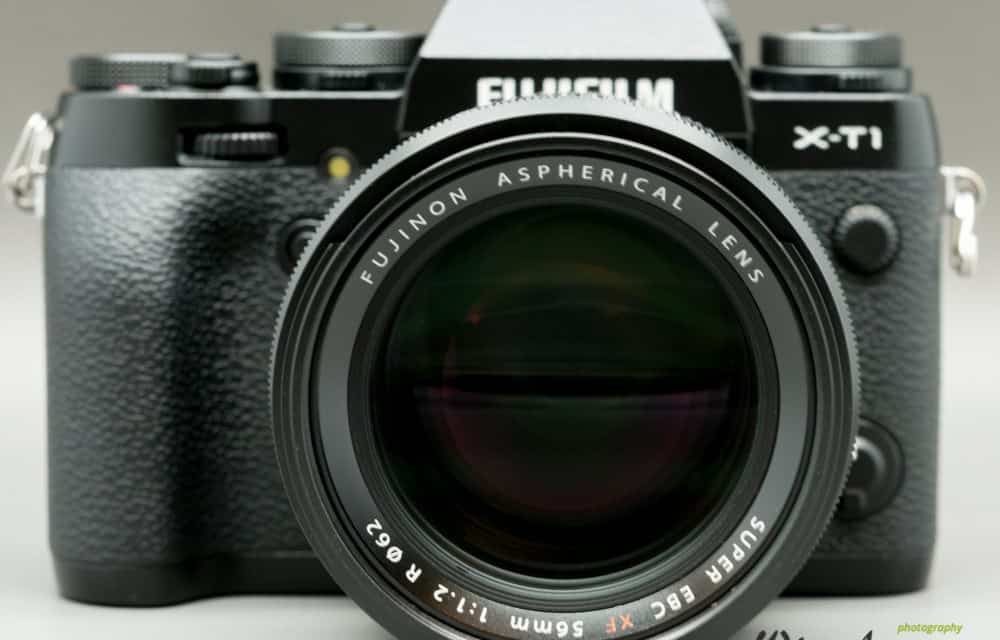
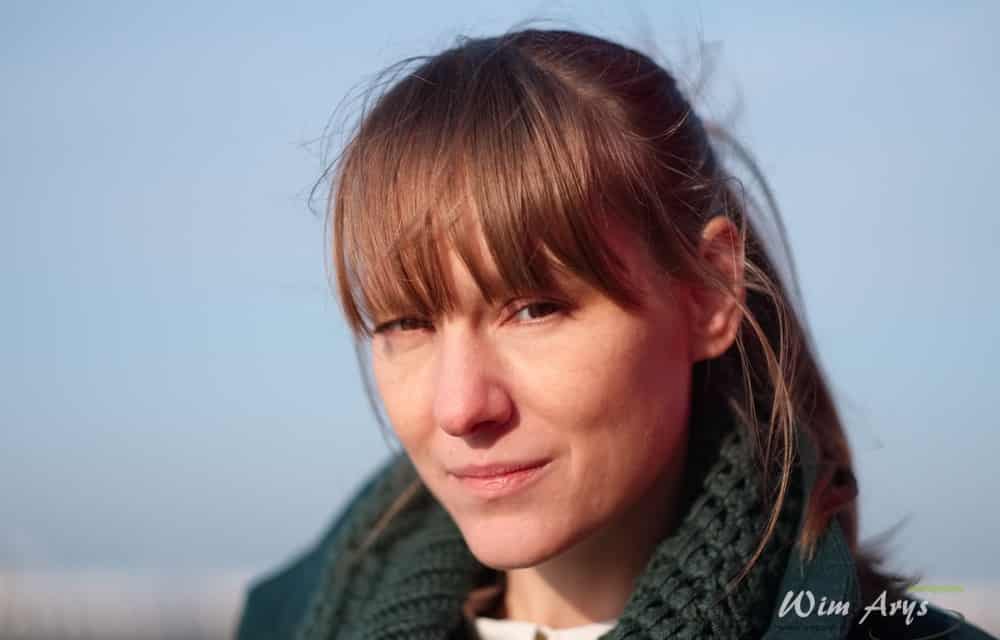
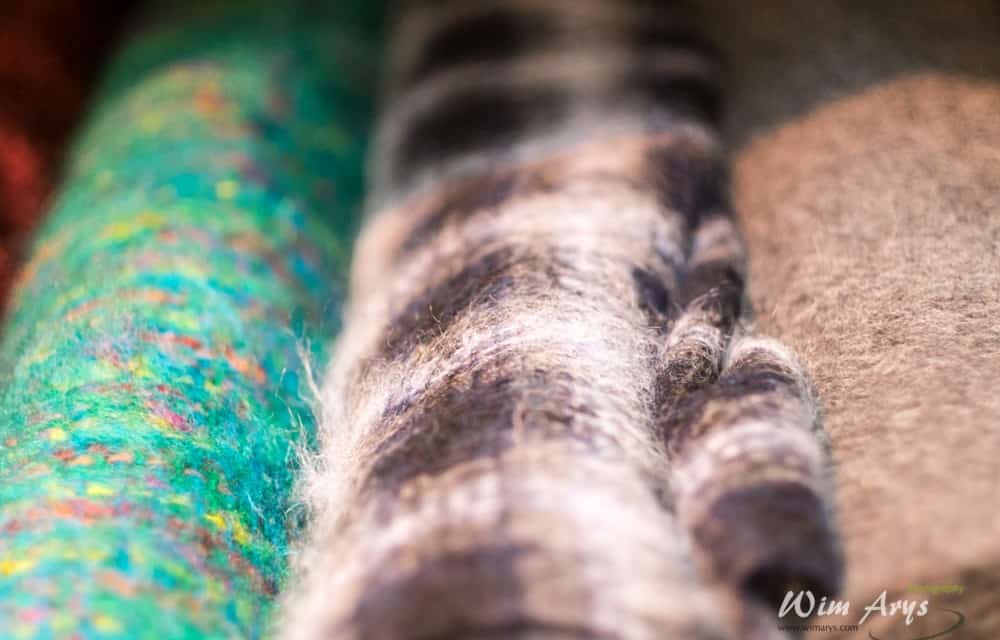
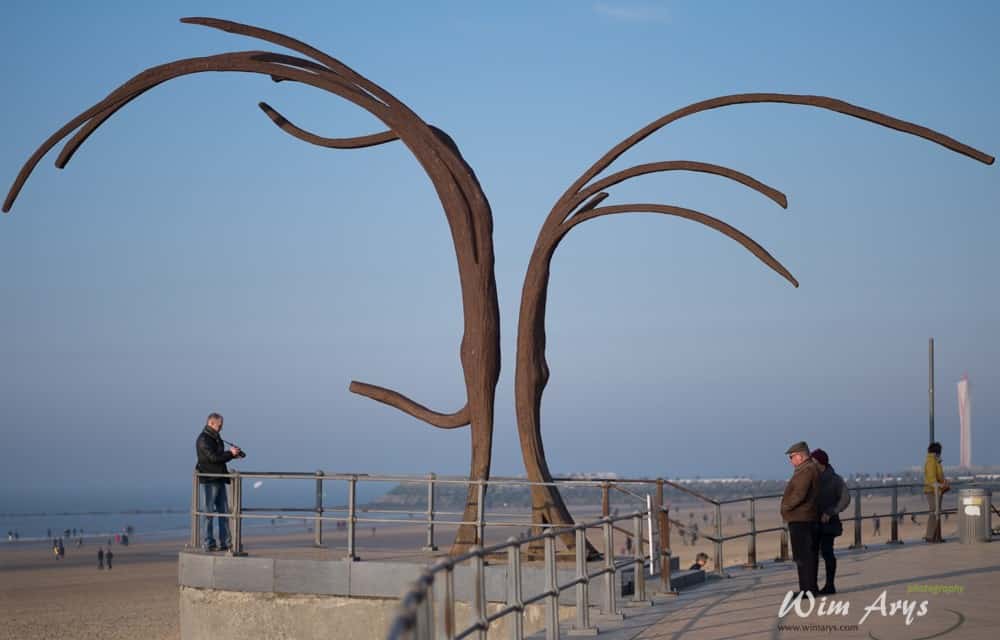
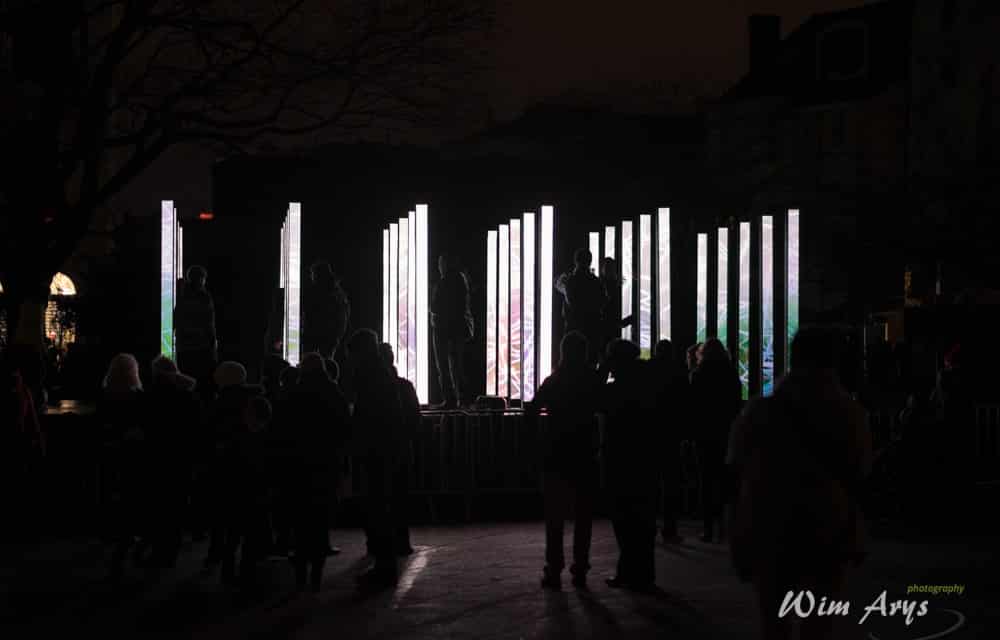
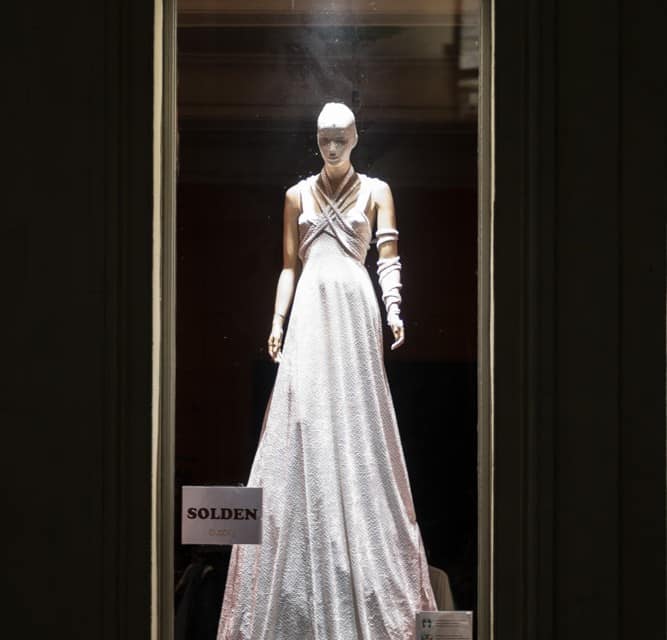
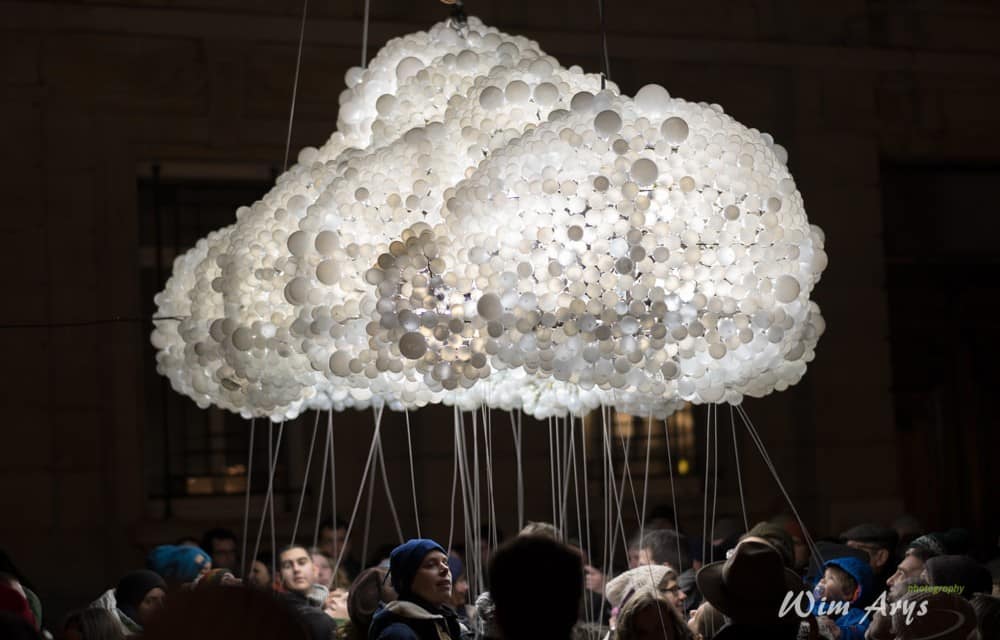
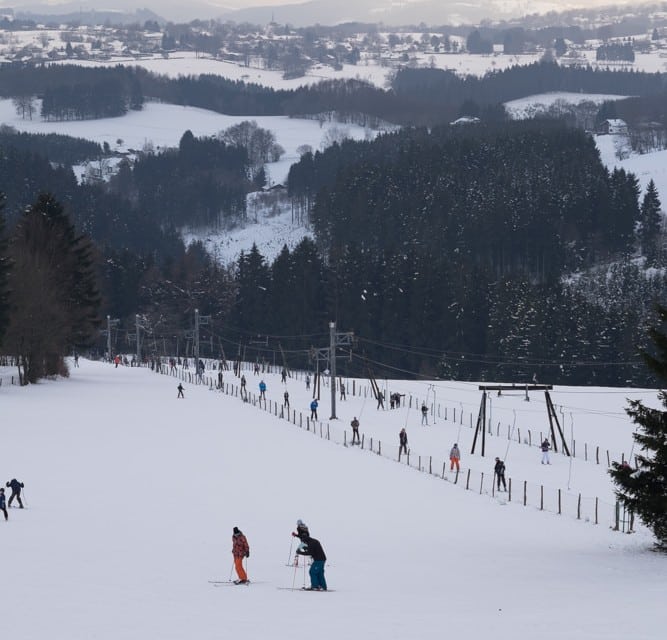
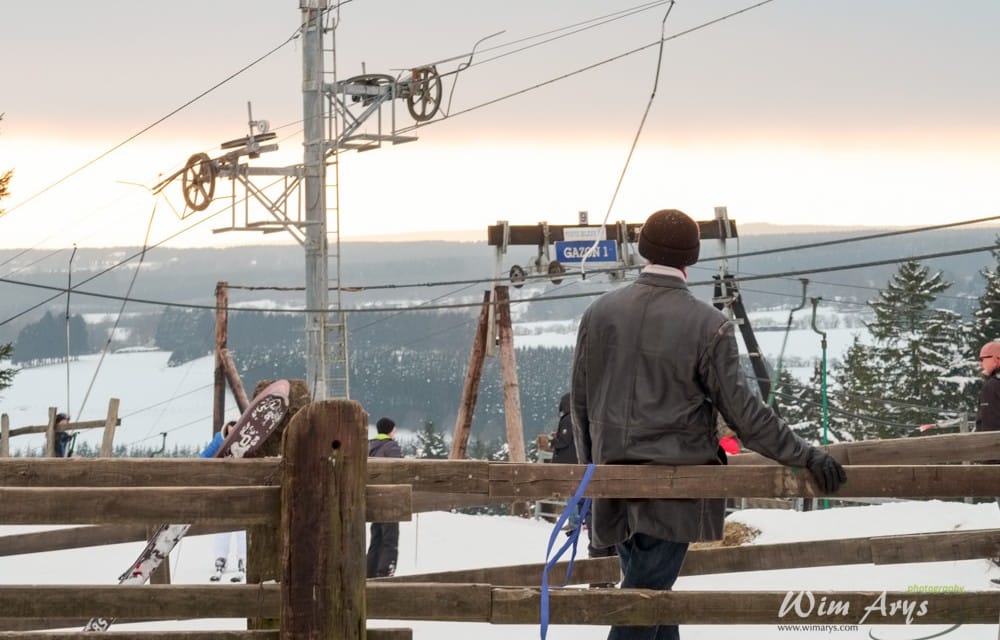
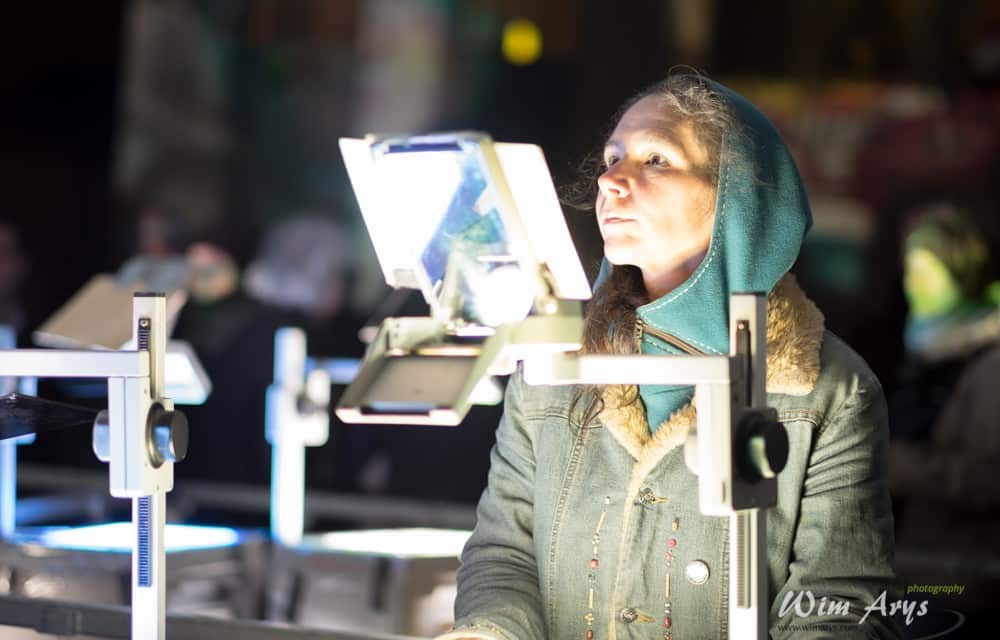
0 Comments